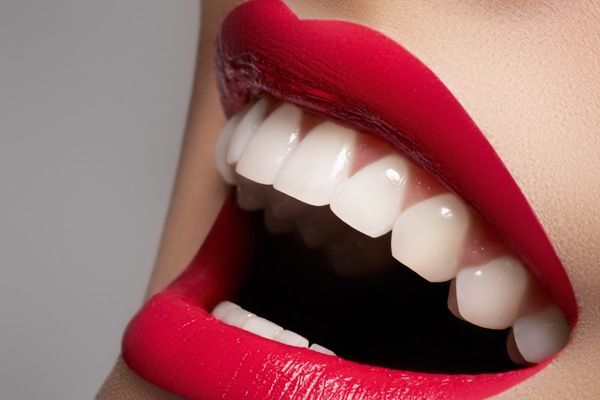Dental bonding, also known as tooth bonding, is a popular cosmetic dentistry Burlingame procedure that offers a quick, easy, and affordable solution for a wide range of dental imperfections. This versatile treatment can transform your smile, boosting your confidence and self-esteem. In this article, we will explore the indications, and benefits of dental bonding and how it can enhance your oral health and appearance.
What is dental bonding?
Indications of dental bonding
Dental bonding is indicated for:
- Repairing minor chips or cracks to prevent further damage.
- Closing small gaps to improve appearance and oral health.
- Improving tooth color and appearance.
- Reshaping teeth to improve appearance and function.
- Lengthening teeth to improve appearance and balance.
- Covering exposed roots to reduce sensitivity and improve appearance.
- Repairing teeth worn down by grinding or erosion.
- Filling small cavities to prevent further decay.
- Reducing sensitivity by covering exposed roots or worn-down teeth.
- Improving the overall appearance of teeth for a more attractive smile.
- As a temporary solution until a more permanent restoration can be placed.
- Repairing primary teeth or young permanent teeth to maintain oral health and appearance.
- Repairing teeth damaged during sports activities.
- Enhancing the appearance of teeth as part of a comprehensive smile makeover.
Exploring the benefits of dental bonding

Dental bonding offers the following benefits:
- Improved appearance: Dental bonding can enhance the shape, color, and overall appearance of your teeth, creating a more uniform and attractive smile.
- Quick and easy: The procedure is typically completed in one visit, taking around 30-60 minutes per tooth.
- Affordable: Dental bonding is a cost-effective solution compared to other cosmetic dentistry procedures like veneers or crowns.
- Versatile: Bonding can be used to repair chipped, cracked, or broken teeth, close gaps, and even lengthen teeth.
- Minimally invasive: The procedure requires minimal preparation and no anesthesia, making it a pain-free experience.
- Long-lasting: With proper care, dental bonding can last up to 10 years.
- Stain-resistant: The resin material is resistant to stains, maintaining its natural color over time.
- Natural-looking: The bonding material is tooth-colored, blending seamlessly with your surrounding teeth.
- Boosts confidence: A transformed smile can significantly enhance your self-esteem and confidence.
- Improves oral health: Dental bonding can help prevent further damage to teeth and improve overall oral health.
Understanding the procedure of dental bonding
Here are the steps involved in the dental bonding procedure:
Step 1: Preparation
- Clean and prepare the tooth surface
- Remove any decay or old fillings
- Etch the tooth surface to create a rough texture for bonding
Step 2: Shade selection
- Select a shade of bonding material that matches the surrounding teeth
Step 3: Apply bonding agent
- Apply a bonding agent to the etched tooth surface
- This helps the bonding material adhere to the tooth
Step 4: Apply bonding material
- Apply a small amount of tooth-colored bonding material to the tooth
- Mold and shape the material to match the surrounding teeth
Step 5: Shape and polish
- Use a special tool to shape and polish the bonding material
- Ensure a natural-looking finish
Step 6: Harden with light
- Use a special light to harden the bonding material
- This sets the material in place
Step 7: Final polish
- Apply a final polish to the bonded tooth
- Ensure a smooth, natural finish
Step 8: Check the bite
- Check the bite to ensure proper alignment
- Make any necessary adjustments
Consult with your dentist to determine if dental bonding is right for you and discover a more confident, radiant smile.

